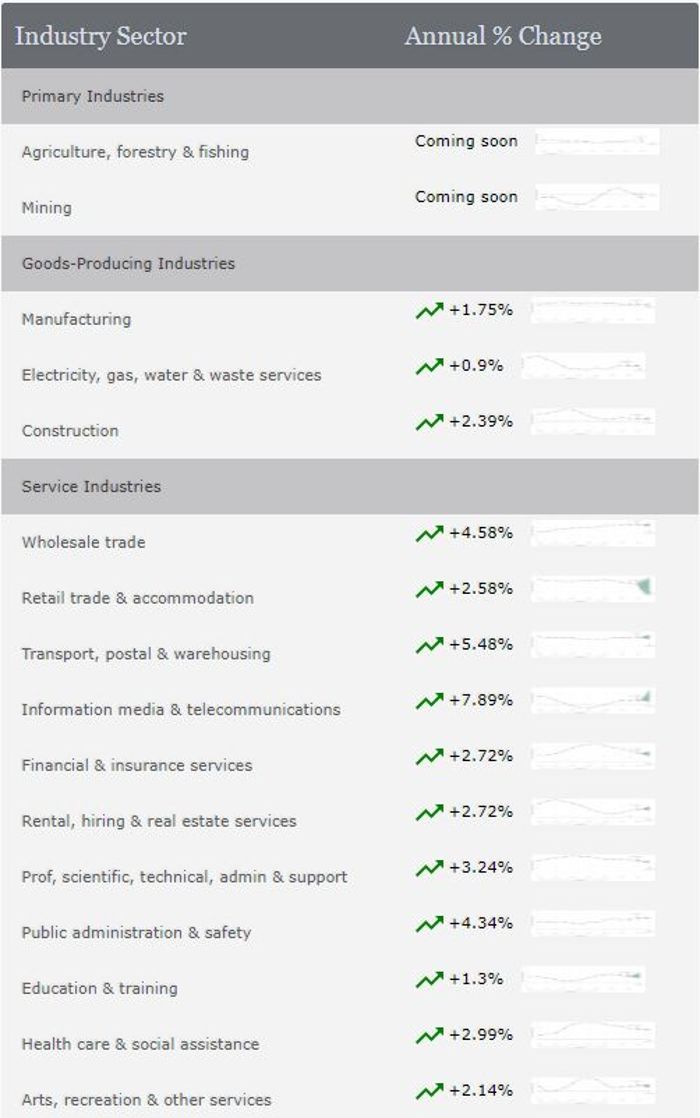A team of academic researchers from Massey University in Auckland has started using traffic data processed by artificial intelligence (AI) to help predict GDP (gross domestic product) trends in New Zealand’s economic activity.
Massey University is partnering with NZ businesses and government agencies in the quest to develop machine learning-based solutions to estimating key economic indicators like GDP in real-time using data from multiple and diverse sources. The team has now integrated a new source of data provided by the NZ Transport Agency (NZTA) into GDPLive, the group’s real-time GDP predictor of New Zealand economic activity. The GDPLive machine learning algorithm, which currently incorporates a huge amount of industry data including real-time data on payments (Paymark) and shipping (PortConnect), has recently become a lot more accurate and the researchers say it will be interesting to see if the new transport data improves the machine learning even further.

With the addition of the NZTA data, GDPLive now incorporates traffic data from over 100 national telemetry sites covering state highways. The raw data is broken down into regions, which will ultimately be useful for augmenting the regional economic activity forecasts. For now though, NZTA traffic data will only be deployed for national GDP predictions. NZTA data is recorded once a month and is provided one week after the end of the month that the data covers. The team says it will be watching closely to see if the NZTA data improves its predictions for GDP as traffic flows have been described as a good proxy for economic growth. However, the traffic volume data connection with GDP can also be volatile. For instance, truck movements get affected by weather and roadworks, although overall the link has been remarkably consistent
The new information from the NZTA is the same data that the Australia and New Zealand Banking Group (ANZ) uses for its successful ANZ Truckometer economic indicator, which has been running for seven years, is made up of two indexes: The ANZ Heavy Traffic Index based on flows of vehicles weighing more than 3.5 tonnes on 11 of the country’s major roads, and he ANZ Light Traffic Index, which is made up of light traffic flows (primarily cars and vans) on nine roads around the country. The ANZ has found that heavy traffic volumes show a strong contemporaneous link to GDP, while light traffic volumes are a good forward indicator of what GDP will be in six months’ time.
“The new data offers some exciting opportunities to refine GDPLive’s current and future predictions of GDP,” explained GDPLive’s data scientist, Dr Teo Susnjak. “We expect the models to respond to changes in light/heavy traffic volumes, however, there is uncertainty right now as to what the degree of response will be. While it is tempting to think of more data as being helpful, it can actually deteriorate the accuracy of machine learning if the data is ‘noisy’ and irrelevant. Data quality will always trump quantity.”






